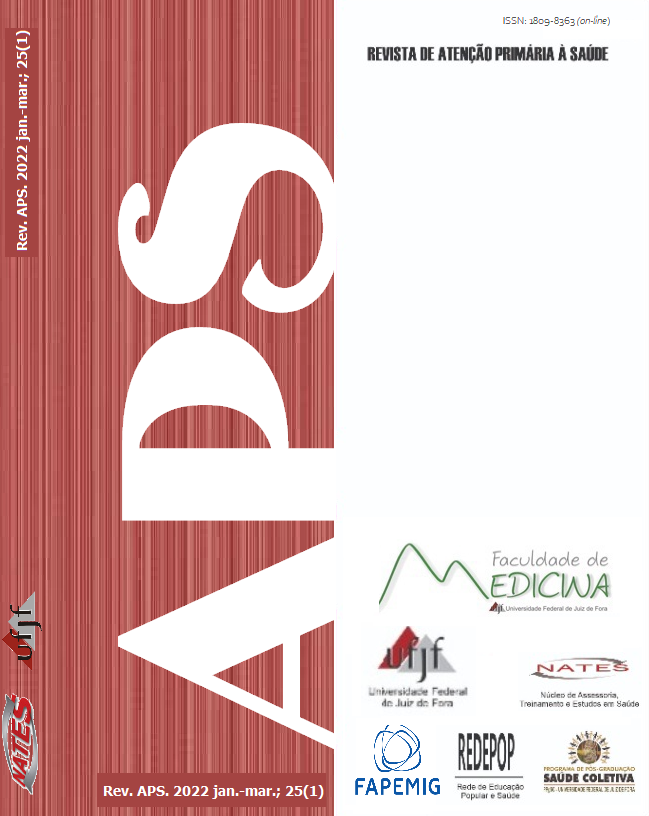Dificuldade relatada na inserção do dispositivo intrauterino na Atenção Primária a Saúde
DOI:
https://doi.org/10.34019/1809-8363.2022.v25.35750Palabras clave:
Dispositivo Intrauterino, Atenção Primária à Saúde, Educação, Competência clínicaResumen
O Dispositivo Intrauterino (DIU) é um método contraceptivo que encontra vários entraves para a ampliação da sua oferta na Atenção Primária à Saúde (APS). Uma das principais barreiras à sua inserção é a falta de treinamento dos profissionais. Por isso, o presente estudo tem como objetivo descrever as dificuldades encontradas nos procedimentos de inserção do DIU na Atenção Primária e os fatores associados a essa dificuldade. Foi feita a tentativa de realizar a inserção do DIU nas Unidades Básicas de Saúde (UBS) em 152 mulheres em idade reprodutiva. Os dados foram coletados através de um questionário estruturado em amostragem não-probabilística por conveniência. A idade média das mulheres foi de 27 anos e 26,3% (40) dos procedimentos foram considerados com algum grau de dificuldade. O escore médio de dor foi maior nos procedimentos que apresentaram dificuldade, sendo de 4,59 e de 5,7 nas inserções sem e com dificuldade, respectivamente (p<0.0001). A média de tempo de formado entre os médicos que tiveram dificuldade foi de 33,5 meses e entre aqueles que não tiveram dificuldade foi de 64 meses (p< 0,0001). Entre as dificuldades, a mais referida foi o momento de realizar a histerometria. Outras dificuldades também foram encontradas: identificar e pinçar o colo uterino e identificar posição uterina.









